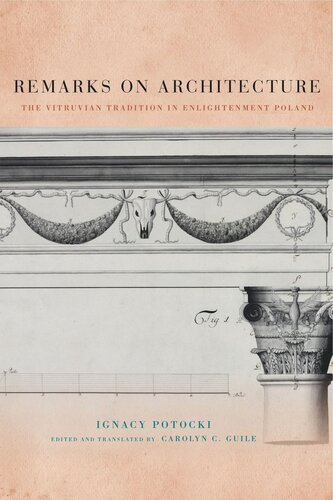

Most ebook files are in PDF format, so you can easily read them using various software such as Foxit Reader or directly on the Google Chrome browser.
Some ebook files are released by publishers in other formats such as .awz, .mobi, .epub, .fb2, etc. You may need to install specific software to read these formats on mobile/PC, such as Calibre.
Please read the tutorial at this link: https://ebookbell.com/faq
We offer FREE conversion to the popular formats you request; however, this may take some time. Therefore, right after payment, please email us, and we will try to provide the service as quickly as possible.
For some exceptional file formats or broken links (if any), please refrain from opening any disputes. Instead, email us first, and we will try to assist within a maximum of 6 hours.
EbookBell Team

4.0
46 reviewsAt the end of the eighteenth century, the authors of Poland’s 3 May 1791 Constitution became the heirs to a defunct state whose territory had been partitioned by Russia, Prussia, and Austria. At this moment of intensive national postmortem, Ignacy Potocki, an eminent statesman and co-author of the Constitution, wrote the treatise Remarks on Architecture.
One of the best-preserved examples of early modern Polish architectural thought, Potocki’s work announces itself as a project of national introspection, with architecture playing a direct role in the betterment of the nation. Addressed to the contemporary Polish nobility, the book argues that architecture is a vessel for cultural values and that it plays an important part in the formation and critique of broader national traditions. Throughout, Potocki conveys the lessons of a Vitruvian canon that shaped Continental classical architectural theory and practice throughout the early modern period.
Expertly translated by Carolyn Guile and featuring an introduction that explores Polish Enlightenment architectural writing as an example of cultural exchange, inheritance, and transformation, this edition of Potocki’s treatise broadens our understanding of European architectural history during the early modern period.